October 10 is National Digital Transformation Day. On this occasion, on October 9, Deputy Prime Minister Nguyen Hoa Binh signed a Decision approving the Digital Infrastructure Strategy to 2025 and orientation to 2030.
Digital infrastructure is the foundation for Vietnam to become a modern, smart digital nation. Photo: Internet.

Digital infrastructure strategy to 2025 and vision to 2030. Photo: Internet.
At the same time, develop Hyperscale Data Centers; Data Centers supporting Artificial Intelligence applications; Edge Data Centers to meet domestic requirements and be ready to develop regional Data Centers (Digital Hubs). The number of IoT connections reaches the world's high average or an average of 04 IoT connections per person; The proportion of adult population with digital signatures or electronic signatures reaches over 70%. To achieve the above goals, the Strategy sets out key tasks for each infrastructure. Specifically, for telecommunications and Internet infrastructure: Universalize high-speed, low-latency connections to households, agencies, businesses, and organizations including: fiber optic cables; new generation wifi;... Increase investment in developing international transmission systems (undersea, land, satellite fiber optic cables), large-capacity domestic transmission, ensuring backup needs, diverse, safe, and sustainable connections. Telecommunications enterprises invest in and share international optical cable lines, ensuring effective exploitation of capacity and saving investment capital. At the same time, research and invest in at least 02 submarine optical cable lines owned by Vietnam. Develop a plan to quickly deploy a new submarine optical cable line (completion time under 02 years) to prepare for sudden growth in demand. Focus on expanding coverage and quality of 5G mobile network services in key areas: Public administrative areas; historical - cultural relics, scenic spots, key tourist areas; medical facilities; colleges and universities; traffic hubs; road, railway and waterway systems; commercial centers; complex residential areas; densely populated areas; commercial buildings, hotels; towns and key areas in rural areas; Deploying the use of new generation Internet protocol addresses (IPv6) for the entire Vietnamese Internet network... Data infrastructure (data centers, cloud computing): Developing and attracting investment in developing data infrastructure (including: data centers, cloud computing infrastructure that meet international standards, are safe, sustainable, and green); attracting domestic and foreign investment to deploy super-large data centers (Hyperscale Data Center); Data centers supporting Artificial Intelligence applications; Edge data centers; developing national data centers, national multi-purpose data centers; regional multi-purpose data centers. Physical-digital infrastructure: Deploying sensor integration and digital technology applications into essential infrastructures such as transportation, energy, electricity, water, and urban areas to transform them into an important component of digital infrastructure. Developing physical-digital infrastructure ensures widespread operation, improves labor productivity, optimizes resource use, increases flexibility in system deployment to reduce deployment time and improve efficiency. Building and promoting interoperability and communication between IoT devices and networks through middleware; utilizing 4G and 5G mobile network infrastructure for IoT solutions, exploiting the power of cloud computing, and integrating advanced technologies such as artificial intelligence (AI) to develop industries. Promoting the development of physical-digital infrastructure in areas with great impact such as smart transportation, smart healthcare, smart education, smart factories, smart agriculture , smart tourism, etc. to enhance the competitiveness of the economy... Digital utility infrastructure and Digital technology as a service: Developing digital utility infrastructure and digital technology as a service, focusing on platforms: digital identification; digital authentication; digital payment, digital invoice; data integration and sharing; digital document authentication; digital signature and digital signature certification. The strategy sets a target of universalizing fiber optic cables to households by 2025, putting into operation at least 2 new international submarine fiber optic cables, and forming data centers to support Artificial Intelligence applications (AI Data Center). 100% of provinces, cities, high-tech zones, concentrated information technology zones, research and development centers, innovation, industrial zones, stations, seaports, and international airports will have 5G mobile services. The strategy also focuses on developing new data centers that meet green standards according to international standards. By 2030, the goal is to develop Hyperscale Data Centers; Data Centers supporting Artificial Intelligence applications; Edge Data Centers to meet domestic requirements and be ready to develop regional Data Centers (Digital Hubs)./.
Yanjiang
























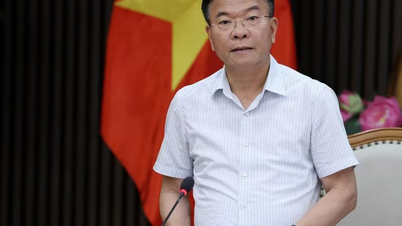














































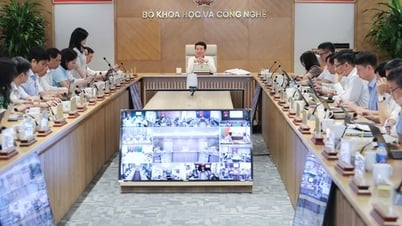






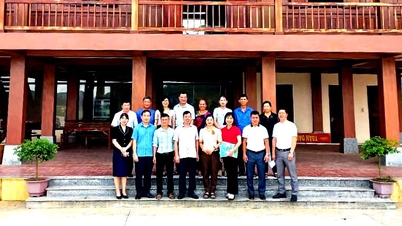

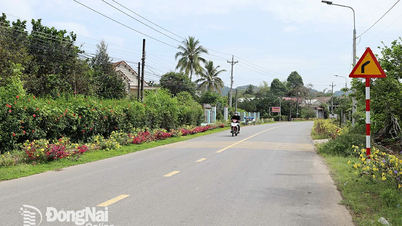


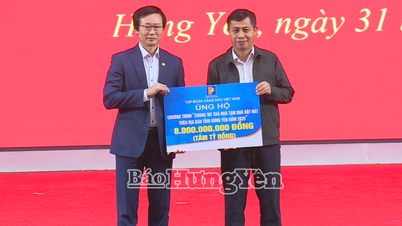














Comment (0)